The 2030 Challenge outlines real and obtainable targets for the building sector to curb global warming. In order to meet the described timeline, Architecture 2030 recommends that each firm or organization adopting The 2030 Challenge prepare a plan of action for implementing the initiative’s targets.
Each implementation plan will be different and unique to suit the adopting firm or organization’s structure and philosophy. However, each plan should contain the following key elements:
- Inform all partners, employees, consultants and clients that the firm has adopted The 2030 Challenge. Explain what The Challenge entails and why the firm has committed to its targets.
- Establish energy-efficiency as a central tenet of your firm’s design philosophy. Require energy-wise practices in the firm’s day-to-day activities.
- Require that all employees become educated in the design of energy-efficient buildings. Outline energy-efficient design strategies, technologies, and opportunities for each project. Organize regularly scheduled meetings to discuss how this information can be applied to all
projects. - Engage clients in discussions relating to energy efficiency. Explain that reducing carbon emissions from the building sector is now a major focus for the firm and that the firm plans to incorporate cost-effective design strategies that should not increase the overall cost of the work.
Provide a life-cycle cost analysis for each project and encourage clients to review those costs to ascertain the true cost of each project. - Establish a portfolio of the firm’s work that highlights energy efficiency. Demonstrate that the firm’s designers are knowledgeable professionals, with regard to energy-efficient design, who can produce quality projects within an allotted budget that meet an agreed upon schedule.
- Hire consultants and engineers who have adopted The 2030 Challenge and have a similar implementation plan within their firm. Approach every project with an energy focus and review the project for further energy reductions at every stage of development.
- Create a database that contains energy-consumption statistics for your projects. Include outside projects as a reference if your firm does not have a portfolio of energy-efficient work yet. Use this information as a tool to analyze strategies that work and those that may need improvement. Share this information with clients and collaborators. Include each completed project’s energy achievements in the database.
- Verify that your project meets The 2030 Challenge targets, either through a final energy analysis or through post-occupancy measured consumption. Document this data for future reference and in the firm’s portfolio to establish an energy priority.

